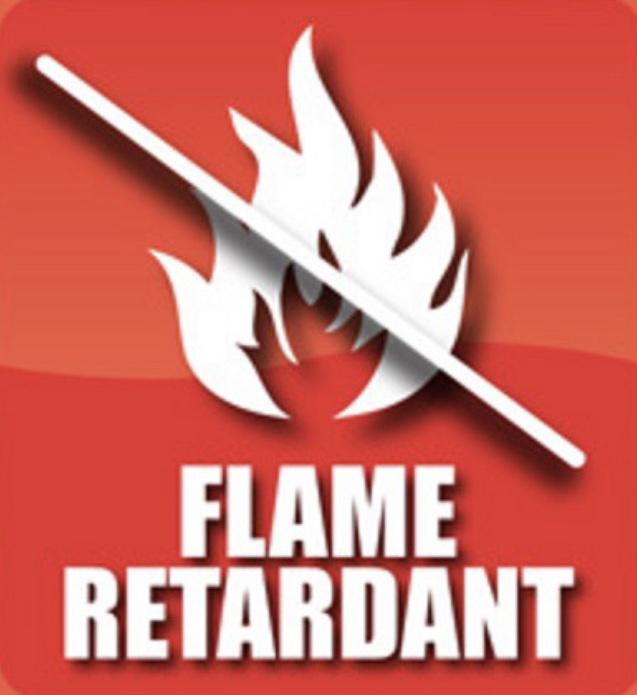The flame retardants market is crucial to industries ranging from construction to electronics, driven by increasing safety regulations and environmental concerns. Flame retardants are chemicals added to materials to prevent, delay, or reduce the spread of fire. Their importance is especially evident in sectors where fire hazards are prevalent, such as in textiles, building materials, automotive, and electrical components. As the demand for safer materials rises, so does the demand for flame retardants, making this market vital for manufacturers and safety regulators alike.
Global Demand and Key Drivers
The demand for flame retardants is largely fueled by rising safety standards, particularly in construction and automotive industries. Stringent fire safety regulations around the world, combined with an increasing need for fire-resistant materials in consumer goods, are driving market growth. As economies continue to expand, particularly in emerging regions, infrastructure development and urbanization are pushing up the need for flame retardant-treated materials in buildings and transportation.
Another key driver is the growing awareness of the need for improved fire safety in electronics. With the proliferation of electronic devices, the need to prevent overheating and fire risks is more critical than ever. Additionally, flame retardants play a pivotal role in the manufacturing of wire and cable materials, ensuring they meet global fire safety standards.
Types of Flame Retardants and Market Segments
Flame retardants are typically categorized into two types: halogenated and non-halogenated. Halogenated flame retardants, which include bromine- and chlorine-based chemicals, are the most widely used due to their cost-effectiveness and efficiency. However, concerns about their environmental impact and potential toxicity have led to a shift towards non-halogenated alternatives. These include phosphorus-based, nitrogen-based, and inorganic flame retardants, which are considered safer for both humans and the environment.
The market is segmented across various industries, with construction materials, electrical and electronics, automotive, and textiles being the major consumers. Flame retardants are used in coatings, foams, fabrics, and plastics across these industries. The textiles industry is particularly noteworthy, where flame retardants are applied to fabrics in clothing, carpets, and upholstery to comply with fire safety standards.
Regulatory Environment and Challenges
The regulatory environment surrounding the flame retardants market has become increasingly stringent. Governments across the globe are introducing stricter regulations to ensure the safety and environmental compliance of flame retardants. In the European Union, for instance, REACH (Registration, Evaluation, Authorisation, and Restriction of Chemicals) regulation governs the use of chemicals, including flame retardants, and aims to restrict the use of certain hazardous substances. This has encouraged the industry to invest in safer alternatives.
In the United States, the Toxic Substances Control Act (TSCA) governs the use of chemicals, and flame retardants are continuously scrutinized for their impact on health and the environment. With increasing pressure from regulatory bodies and environmental organizations, manufacturers are exploring and developing greener flame retardant solutions to mitigate risks.
Despite the growing interest in sustainable alternatives, the market faces several challenges. One of the primary concerns is the balance between performance and safety. Flame retardants must not only be effective in reducing fire risks but also meet environmental and health standards. Moreover, the cost of developing and adopting non-halogenated flame retardants can be high, posing a challenge for manufacturers.
Innovations and Future Outlook
Innovation plays a critical role in the flame retardants market. Research is ongoing to develop flame retardants that are both more efficient and environmentally friendly. Companies are focusing on creating alternatives that offer enhanced performance while being less toxic. Nanotechnology, bio-based flame retardants, and the development of smart materials that can respond to fire hazards are some of the cutting-edge solutions being explored.
Looking ahead, the market for flame retardants is poised for steady growth. The increasing demand for safety-conscious materials, coupled with the rising need for fire prevention across various sectors, will continue to propel the industry forward. However, with growing environmental concerns, the emphasis will shift towards developing safer, more sustainable alternatives to traditional flame retardants.
Conclusion
In conclusion, the flame retardants market landscape is complex and evolving, driven by the need for improved fire safety across industries and the growing demand for environmentally responsible products. As regulatory pressures mount, manufacturers must focus on innovation to meet both safety and sustainability requirements. The shift toward non-halogenated flame retardants and safer alternatives is likely to continue, reshaping the industry in the years to come.

